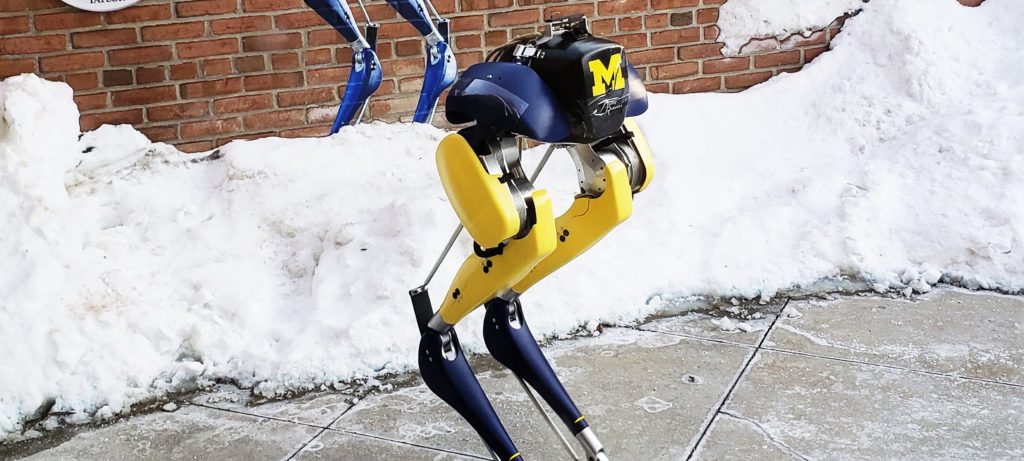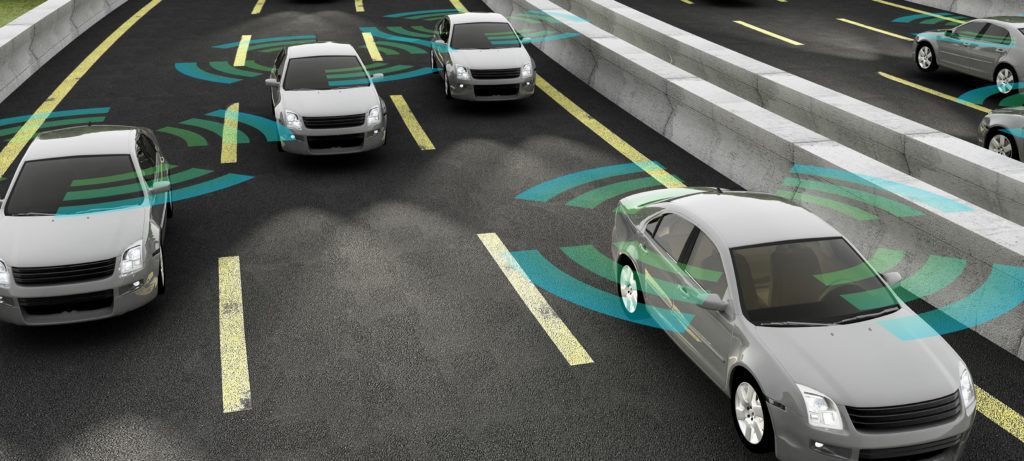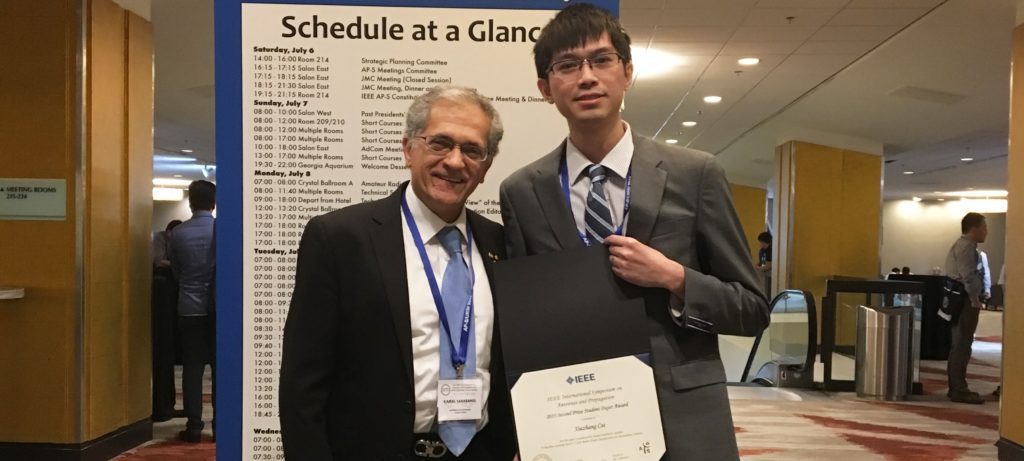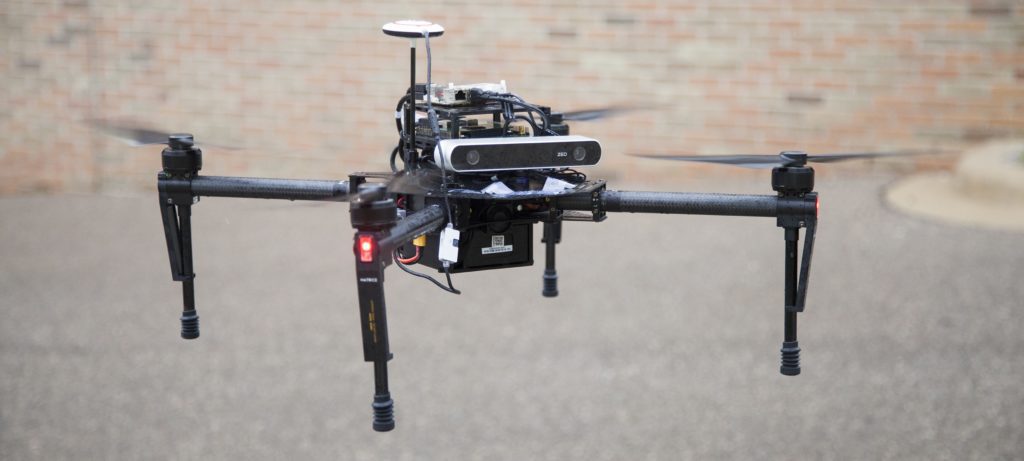The Center for Entrepreneurship profiles a team of EECS students, who are working to develop the next generation of delivery vehicles.


The Center for Entrepreneurship profiles a team of EECS students, who are working to develop the next generation of delivery vehicles.

Cassie Blue, the bipedal robot, takes advantage of the 2019 polar vortex to set a record-breaking walk.

CE undergrad Amulya Parmar designed a machine learning algorithm to curb fake news as part of the Tavtech Fellowship program.

The team was awarded a Best New Application Paper Award by the IEEE Robotics and Automation Society for their work developing reliable control systems for Lane Keeping and Adaptive Cruise Control.

Second Prize overall went to doctoral student Xiuzhang Cai for his radar target classification research applicable to autonomous vehicles.
The frame in which a human marks out the boundaries of an object makes a huge difference in how well AI software can identify that object through the rest of the video.
The post Computer vision: Finding the best teaching frame in a video for fake video fightback appeared first on Michigan Engineering News.

Researchers built the first visual SLAM processor on a single chip that provides highly accurate, low-power, and real-time results.

Prof. Robert Dick and advisee Ekdeep Singh Lubana developed a new technique that significantly improves the efficiency of machine vision applications

The most exciting use of AI for me focuses around a better collective use of our available resources, says Corso.

PhD student Jean Young Song offers an improved solution to the problem of image segmentation.